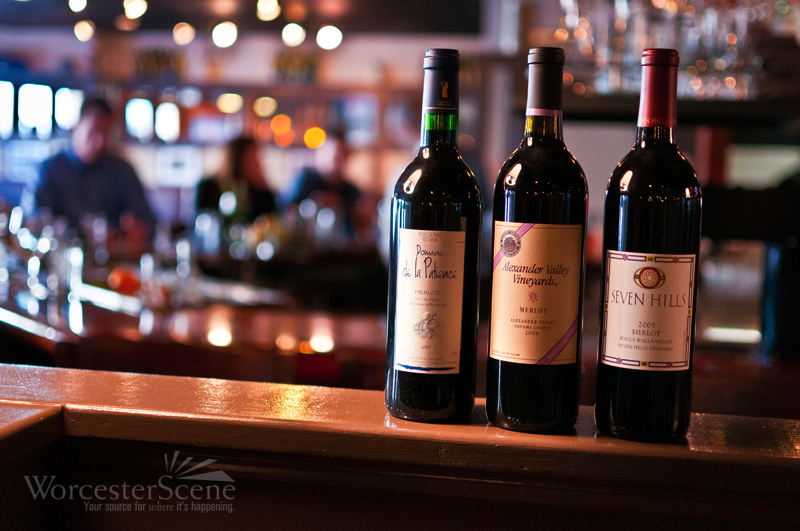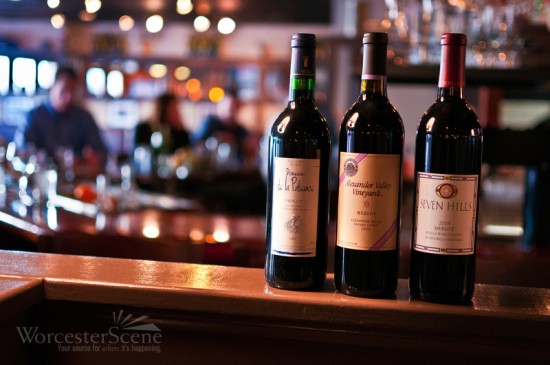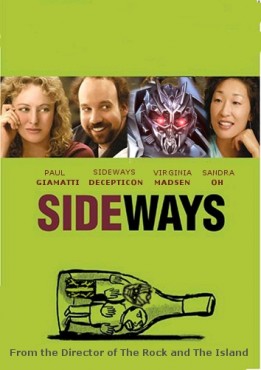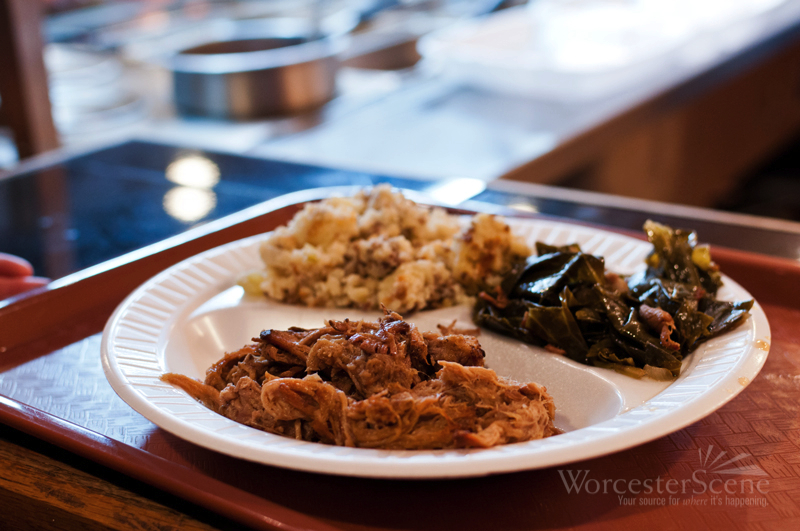
As a wine educator I am frequently asked for advice on wine pairing, particularly for large holiday meals. Food and wine pairing is not as difficult as people might think. My approach is simple. First, determine the palate profile of the consumer/s. Second, determine the flavor and texture profile of the dominant dish. However, holiday meals can offer a challenge because while the main dish might make the wine pairing very easy the complexity and diversity of sides available may compete with the “perfect pairing.” I was so excited that the first Foodie event that I could attend at Sweet T Southern Kitchen was BYOB where the sides outnumbered the entrees. The broad spectrum of flavors and textures provided an excellent opportunity to workshop traditional food and wine pairings and perhaps discover some unconventional pairings in the process.
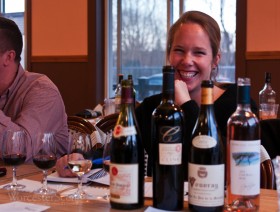
Wines – all under $20
- 2010 Domaine Pichot Vouvray Loire, France (Chenin Blanc)
- 2010 Jean Luc Colombo “Cape Bleu” Vin de Pays Rose (Syrah, Mourvedre, Counoise)
- 2007 Guigal Cotes du Rhone (Syrah, Grenache, Mourvedre)
- 2008 Cline Zinfandel, California
Pulled Pork: I declined all sauces. I wanted to taste the meat but I can see where sauce or gravy could have added complexity to this relatively simple dish. The meat was very tender and sinewy. While it wasn’t melt in my mouth tender every bite was juicy and flavorful. Flavors were on the sweet spice end of the spectrum with mustard and brown sugar lingered which made this a difficult pairing. The tropical flavors of the chenin blanc clashed with the savory flavors of the meat however the herbal flavors of the rose were significantly enhanced by the dish. Both reds had sufficient texture, weight, and length of flavor however the fresh blackberry and strawberry flavors in Cotes du Rhone seemed to be a perfect match.
Cornbread and Sausage stuffing: Sweet aromas reminiscent of yellow cake and vanilla made it difficult not to dig into this side first. The sausage was subtle, not spicy and in a small crumble. The cornbread was the dominant component. Texture was moist and spongy with well integrated flavors with medium intensity. I can only imagine that if I had this “leftover” at home I would probably take a spoonful every time I opened my fridge. This was the most versatile pairing. Ideal with the off dry rose and chenin blanc but also worked surprisingly well with the Grenache and zinfandel. The reds highlighted the side’s savory side while the white and rose enhanced the sweetness.
Collard greens: This wilted side had excellent texture and provided a rich, buttery, grassy flavor with hint smoky salt pork. This is where the wine pairing gets dicey. While you might find the perfect match for the meat or the stuffing the vegetable often times poses a problem. The zinfandel was excellent with the meat and posed no problem with the stuffing but when tasted with the greens the bitterness in the greens and the wine were significantly enhanced. The alcohol became more apparent as well. The Cotes du Rhone was less offensive but not perfect. The rose offered a harmonious balance of sweet, herbal flavors with moderate structure, alcohol and weight.
Buttermilk Pie: was like cheesy sugar cookie custard. I wish I had never tried it. I want more.
I will definitely be back. This will be a great place to meet up with friends before a Holy Cross football or basketball game. I can only imagine that the folks who were eating their meals when Foodies arrived are nervously wondering if their “secret” is out. Excellent, authentic Southern food served in a laid back atmosphere by warm people who are clearly passionate about their message.


